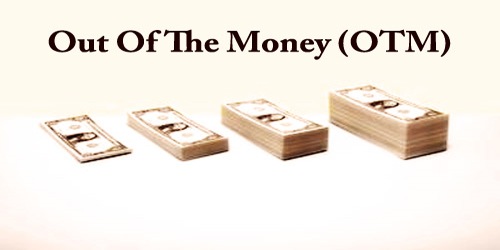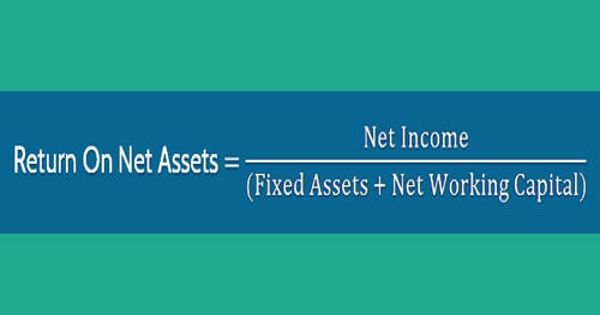“Out of the money” (OTM) is one of three terms used in options trading, referring to an underlying asset’s price in relation to the price at which it can be bought or sold (its strike price). It is used to describe a call option with a strike price above the price of the underlying asset or a put option with a strike price below the price of the underlying asset.
For example, a put option to sell 100 shares of Cisco Systems stock at $50 per share is out-of-the-money if the stock currently trades at $70. Even though an out-of-the-money option has no intrinsic value, it may have market value.
Actually, Out of the money is the term for when an option has not yet reached its strike price. If the option is a call a bet that the asset will increase in price, equal to buying or going long being out of the money means that the asset price is still below the strike price. If it is a put a bet that an asset will decrease in price, equal to selling or shorting the option will be out of the money when the asset’s price is above the strike price.
Out-of-the-Money (OTM) Options –
Out Of The Money Options ( OTM Options ) is one of the three option moneyness states that all options traders have to be familiar with before even thinking of actual options trading. The other two option statuses are: In The Money (ITM) options and At The Money (ATM) options.
People can tell if an option is OTM by determining what the current price of the underlying is in relation to the strike price of that option. For a call option, if the underlying price is below the strike price, that option is OTM. For a put option, if the underlying price is above the strike price, then that option is OTM. An out of the money option has no intrinsic value, but only possesses extrinsic or time value.
Being out of the money doesn’t mean a trader can’t make a profit on that option. Each option has a cost, called the premium. A trader could have bought a far out of the money option, but now that option is moving closer to being in the money (ITM). That option could end up being worth more than the trader paid for the option, even though it is currently out of the money.
At expiration, though, an option is worthless if it is OTM. Therefore, if an option is OTM, the trader will need to sell it prior to expiration in order to recoup any extrinsic value that is possibly remaining.
Consider a stock that is trading at $10. For such a stock, call options with strike prices above $10 would be OTM calls, while put options with strike prices below $10 would be OTM puts.
How Does Out of the Money (OTM) Work –
Let’s assume IBM (NYSE: IBM) stock trades at $100 and an investor purchases a call option contract on IBM at a $102 strike price. If IBM closes below $102 on the contract expiration date, the option expires out of the money. The option is worthless since the option buyer would lose money by exercising the option.
Likewise for a put option, assuming IBM stock trades at $100 and an investor purchases a put option contract on IBM at a $97 strike price. If IBM closes above $97 on the contract expiration date, the option expires out of the money. The option is worthless since the option buyer would lose money by exercising the option.
Information Sources:
















